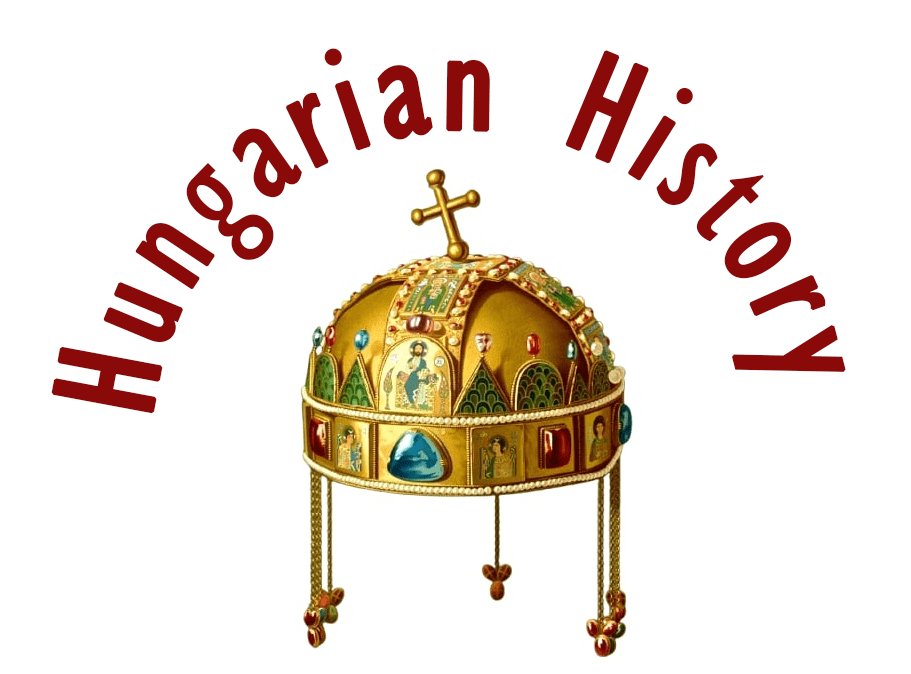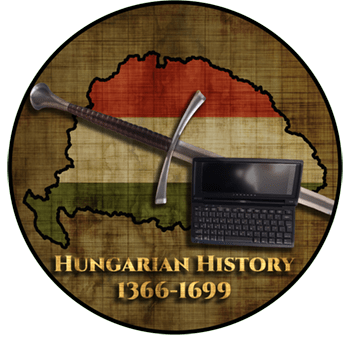
Alsómattyasóc (Nižné Matiašovce) is a village in the Upper lands/Horná Zem/Felvidék, near the previous Hungarian-Polish border. It is in Slovakia. It is famous for its fortified church. It was inhabited during the Halstadt period, just like during Roman times. After the Magyar conquest in the 9th century AD, the inhabitants of the place were Hungarian border guards and shepherds. However, the village was first known as Szélnye.
King Béla IV gave the forested part above Szélnye to András, the judge of Besztercebánya in 1262. Then, King László IV gifted it to a man called Mihály and his son, Mátyás in 1287. The church was first mentioned in 1356, before this time the village was called Felsőszélnye which later became Felsőmattyasóc. We can find already two villages at the end of the 14th century in its area, they were Alsó- and Felsőmattyasóc. The other village was called Mátyásfalva (“the village of Mátyás”), it became Alsómattyasóc. The two villages had been administered together until the 19th century.

Later, the place was mentioned as “Mathye villa” in 1412 and it was called Mathiassfalawa in 1462. The settlement was a so-called “noble village” and it was mostly owned by the Mattyasovszky family.
There were four stately homes there in 1584. The Mattyasovszky family had the church of the village built in the 16th century, it was called the Saint lászló church. They paid all the expenses of the construction. The fortification around it was built in the 17th century. We know that the village boasted a school in the 17th century, the schoolmaster was also the notary public of the place.

There were 31 houses in 1734 in the settlement, with 233 inhabitants while in 1828 this number increased only to 256. The village was damaged by several floods in the 19th century while there was a great fire at the beginning of the 20th century that consumed 20 houses.
In the Carpathian Basin, there are plenty of fortified churches from the period of Ottoman wars, perhaps this area can boast the highest number of fortified churches in Europe. These were the “castles of the poor” and they saved many lives from the raiding Crimean Tatars, Turks, or Christian mercenaries. The small corner bastions must have been useful against any light cavalry, let they be Cossacks, stray Hajdús, Turks, or Crimean Tatars.

Dear Readers, I can only make this content available through small donations or by selling my books or T-shirts.
Here are a few pictures of Alsómattyasóc:











